LomoMother
✅ Brain tumor treatment
✅ Chemotherapy drug
✅ Slows tumor growth
✅ Alkylating agent
✅ Oral medication
Lomoother contains Lomustine.
Product Overview
Lomoother is a chemotherapy medication containing the active compound Lomustine. This antineoplastic agent is prescribed for treating various malignancies, including brain tumors (particularly glioblastoma multiforme), Hodgkin’s lymphoma, and certain lung cancers. As an alkylating agent, it exerts its therapeutic effect by disrupting cancer cell DNA replication and function, ultimately inducing cellular destruction. The medication is administered in oral capsule formulation and is typically incorporated into a multimodal cancer treatment regimen.
Therapeutic Applications
Lomoother is indicated for the management of refractory or advanced-stage cancers where primary treatment modalities have proven ineffective or are contraindicated. Its clinical utility extends to:
– Primary and secondary brain neoplasms
– Relapsed or refractory Hodgkin’s disease
– Selected cases of non-small cell lung carcinoma
The medication demonstrates cytostatic and cytotoxic effects by inhibiting malignant cell proliferation through DNA alkylation, potentially inducing tumor regression when used as monotherapy or in combination protocols.
Administration Guidelines
Lomoother requires precise oral administration according to the prescribed dosing schedule, typically as a single dose every 42 days. Key administration parameters include:
– Swallowing capsules intact with 240 mL of water
– Strict avoidance of capsule manipulation (crushing/chewing)
– Adherence to fasting requirements if specified
– Maintenance of consistent dosing intervals
Dosage regimens are individualized based on:
– Tumor histology and staging
– Patient body surface area
– Hematologic parameters
– Treatment response and toxicity profile
Mechanism of Action
The active pharmaceutical ingredient, Lomustine, exerts its antineoplastic effects through:
1. DNA alkylation at guanine N7 and O6 positions
2. Formation of interstrand cross-links
3. Inhibition of DNA repair mechanisms
4. Induction of apoptotic pathways
These molecular interactions disrupt cellular replication and protein synthesis, preferentially affecting rapidly dividing malignant cells while potentially sparing normal tissues with lower mitotic indices.
Dosage Protocol
Lomoother dosing follows a carefully calibrated protocol:
– Initial dose: 130 mg/m² (adjusted for hematologic reserve)
– Subsequent doses: Modified based on nadir blood counts
– Administration cycle: q6 weeks minimum
– Maximum cumulative dose: 1000 mg/m² (lifetime)
Dose modifications may be implemented for:
– Hematologic toxicity (ANC <1500/mm³, platelets <100,000/mm³)
- Hepatic impairment (bilirubin >1.5 mg/dL)
– Renal dysfunction (CrCl <60 mL/min)
Therapeutic Advantages
Lomoother offers several clinical benefits:
– High lipid solubility enabling CNS penetration
– Delayed cytotoxicity allowing hematopoietic recovery
– Synergistic effects with radiation therapy
– Potential for prolonged disease-free intervals
– Palliative symptom control in advanced disease
Adverse Effect Profile
The most frequently observed adverse reactions include:
– Hematologic: Myelosuppression (dose-limiting)
– Gastrointestinal: Nausea/vomiting (onset 3-6 hours post-dose)
– Dermatologic: Alopecia (typically reversible)
– Constitutional: Fatigue, anorexia
Less common but serious effects may involve:
– Pulmonary fibrosis (dose-related)
– Nephrotoxicity (cumulative)
– Secondary malignancies (long-term risk)
Important Precautions
Special considerations for Lomoother administration:
– Requires baseline and serial hematologic monitoring
– Contraindicated in pregnancy (Category D)
– Requires 6-month post-treatment contraception
– Photosensitivity precautions mandatory
– Drug interaction potential with:
– CYP450 inhibitors/inducers
– Myelosuppressive agents
– Live vaccines
Storage Requirements
Proper medication preservation necessitates:
– Temperature maintenance: 20-25°C (68-77°F)
– Protection from humidity and light
– Secure storage away from pediatric access
– Proper disposal through take-back programs
– Avoidance of bathroom or kitchen storage
Medical Disclaimer
The information provided herein represents current pharmacological knowledge but does not constitute medical advice. This monograph:
– Is not exhaustive regarding contraindications
– May not reflect recent therapeutic advances
– Should not replace clinical judgment
– Must be interpreted by qualified oncologists
Patients should maintain open communication with their healthcare providers regarding all therapeutic decisions and adverse experiences. This content aims to supplement, not supersede, the physician-patient relationship.
| Strength | 40 mg |
|---|---|
| Quantity | 1 Bottle/s, 2 Bottle/s, 3 Bottle/s, 6 Bottle/s |
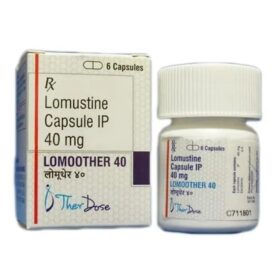 LomoMother
LomoMother









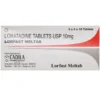
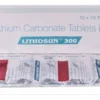
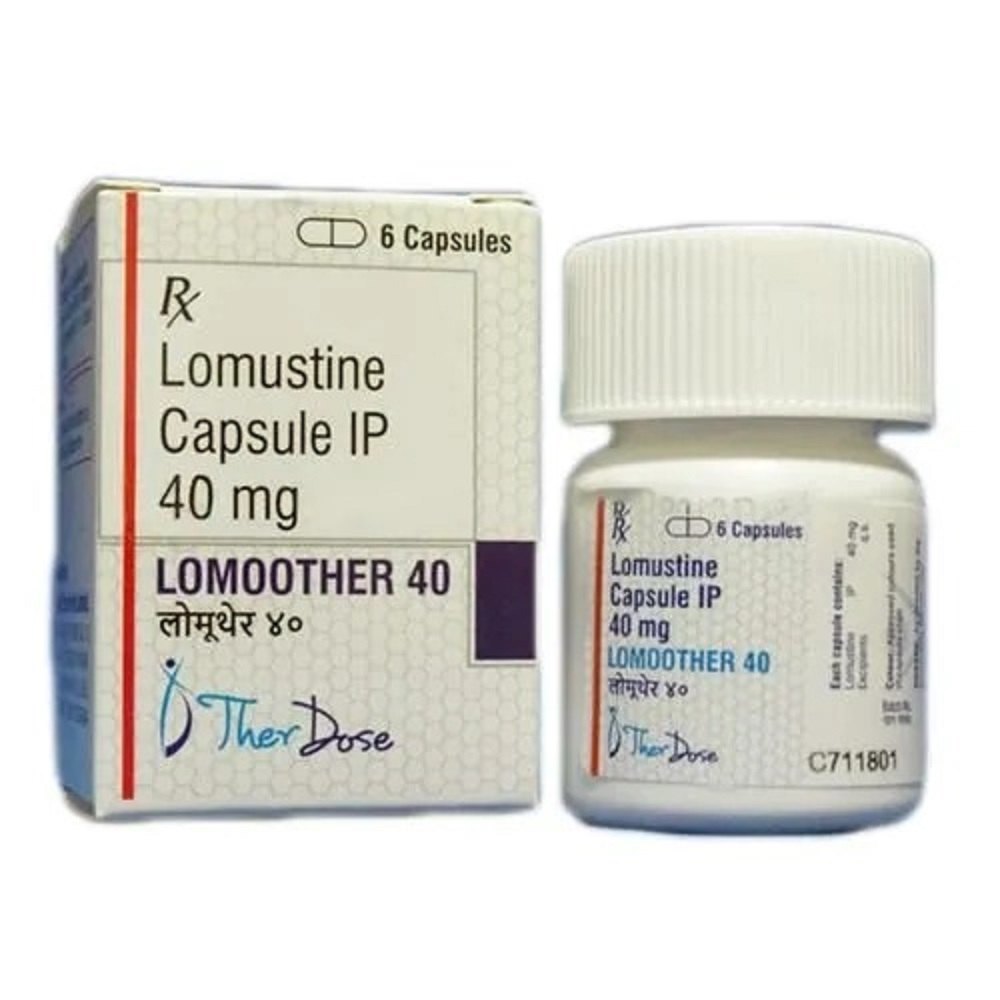
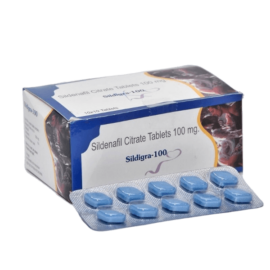
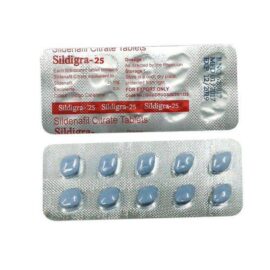
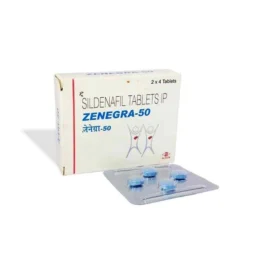
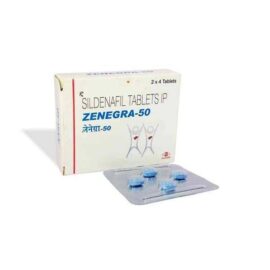
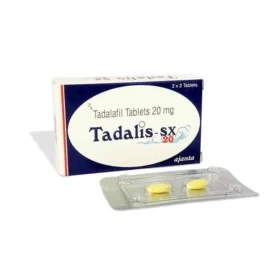
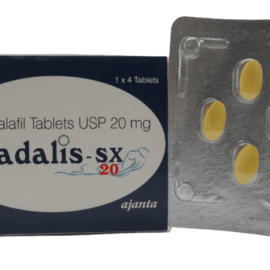
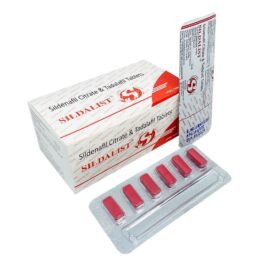
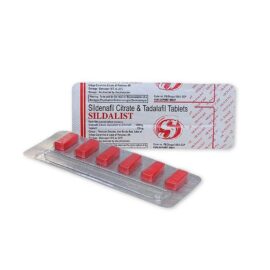
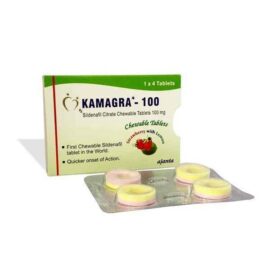
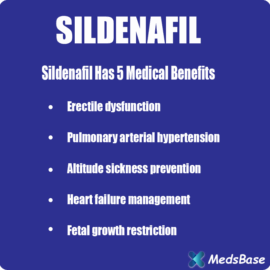
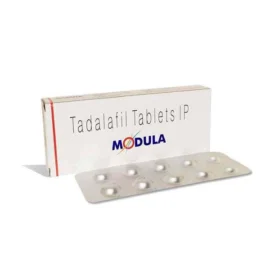
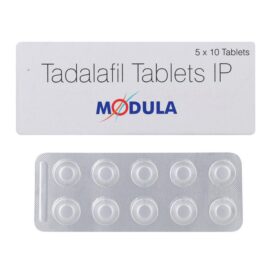
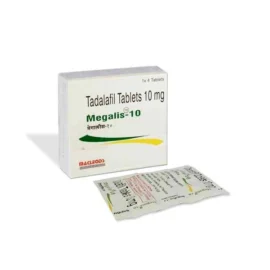
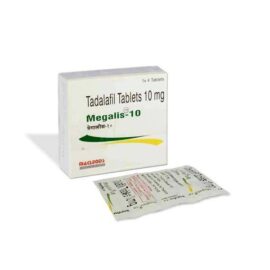
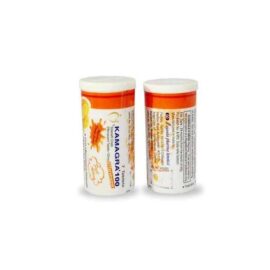
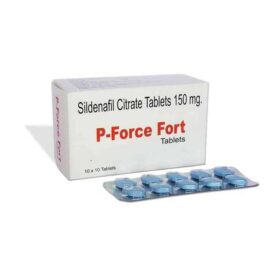
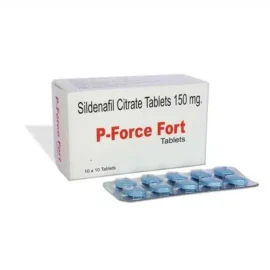
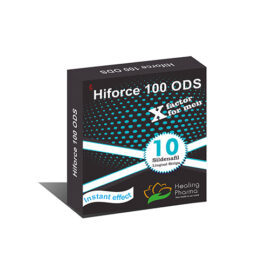
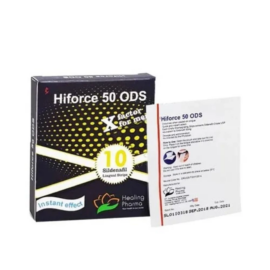
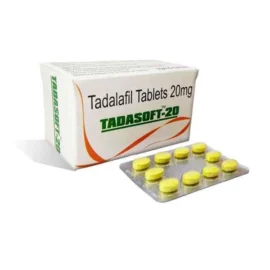
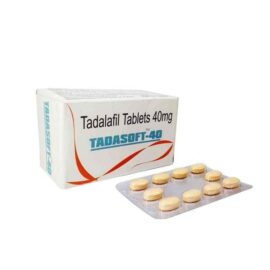
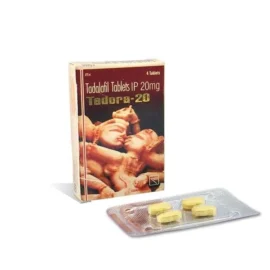

Reviews
There are no reviews yet